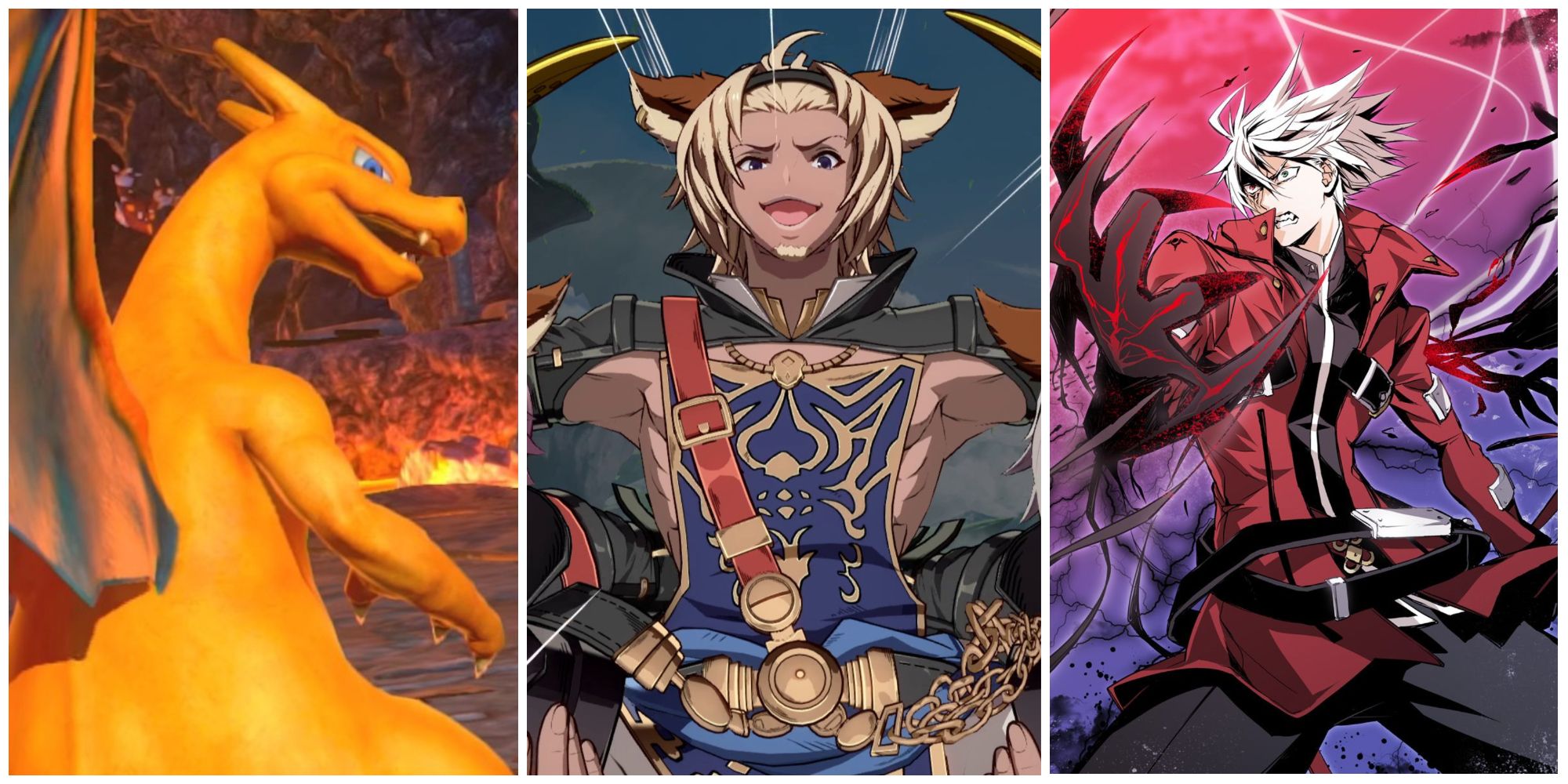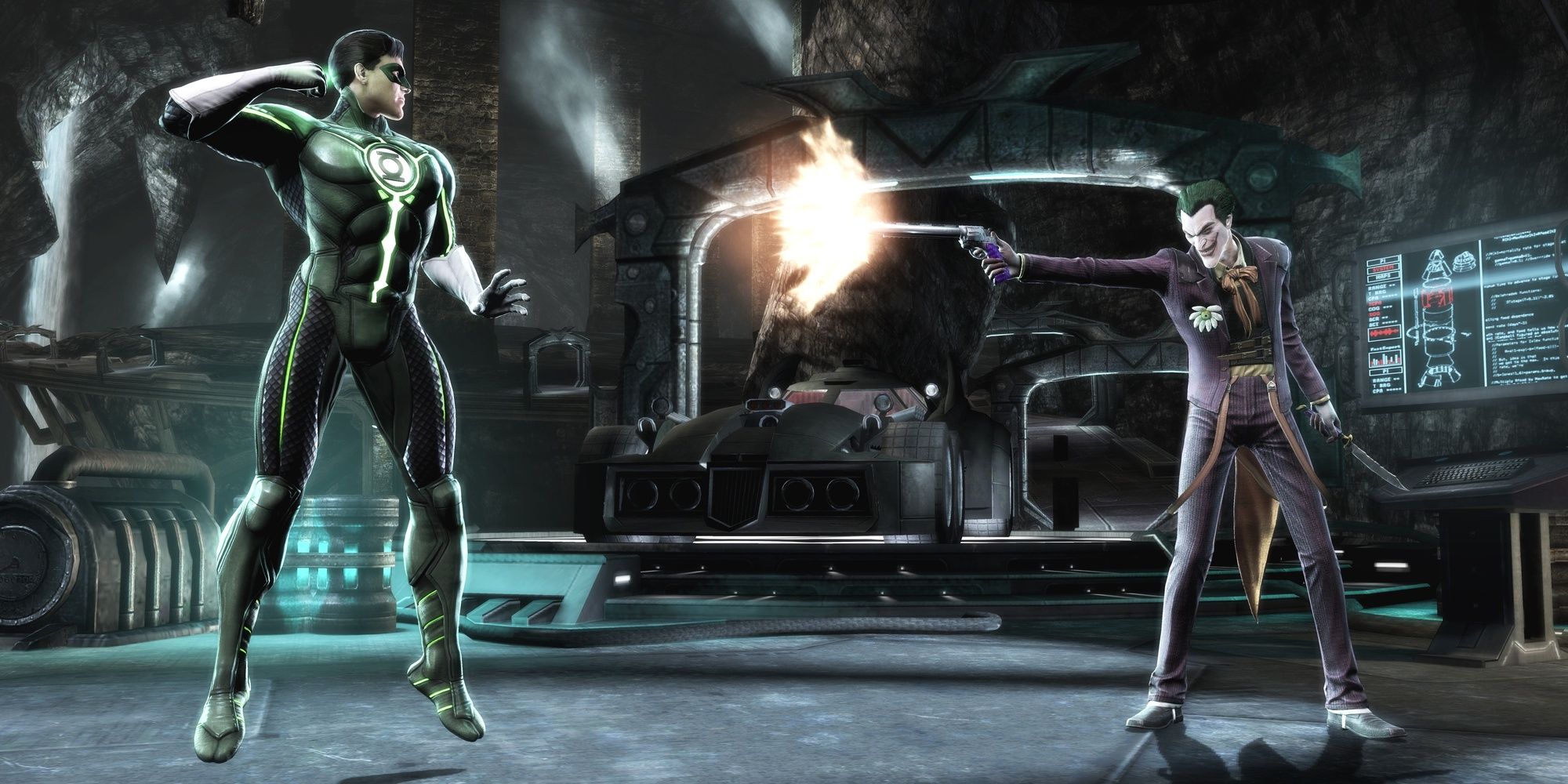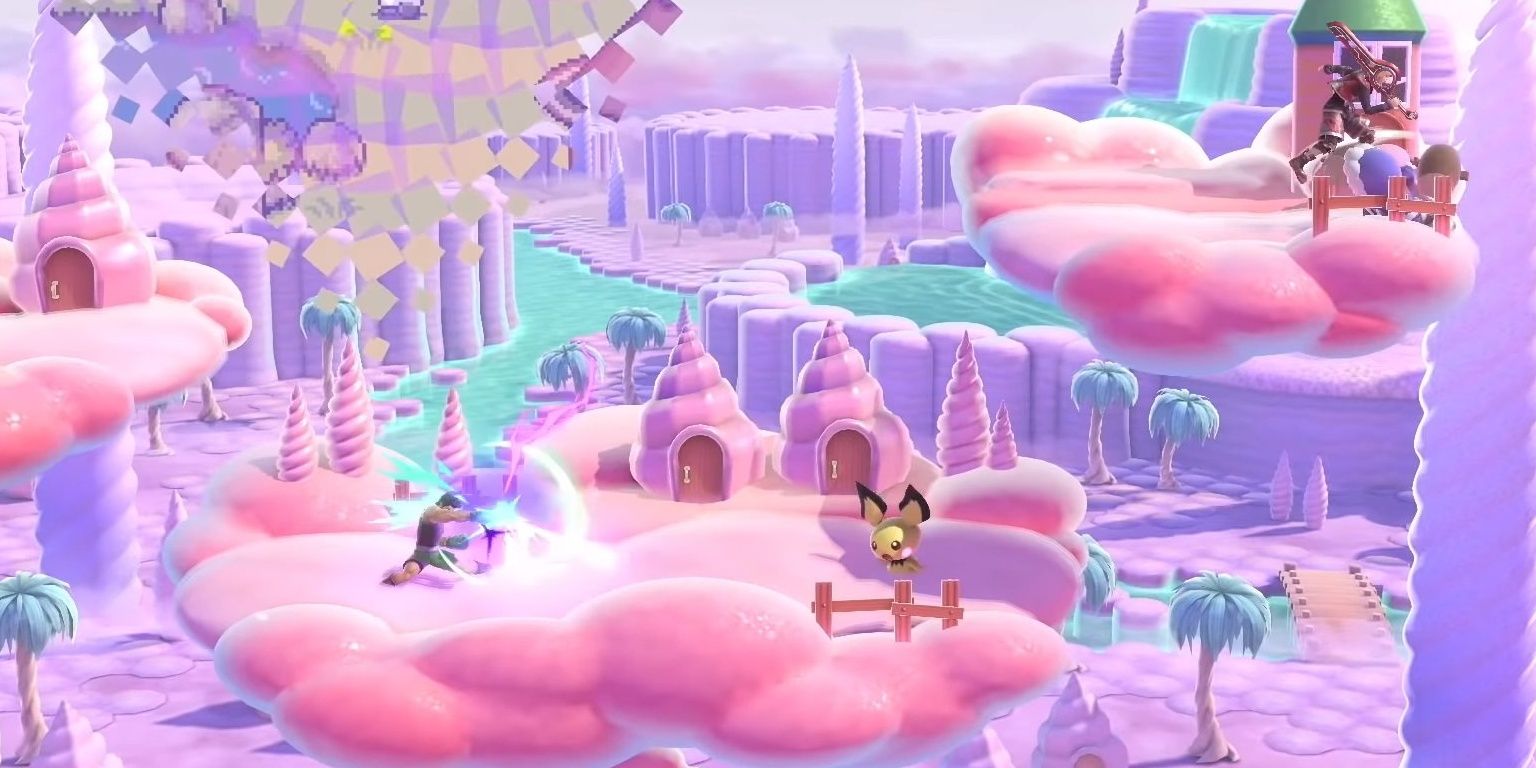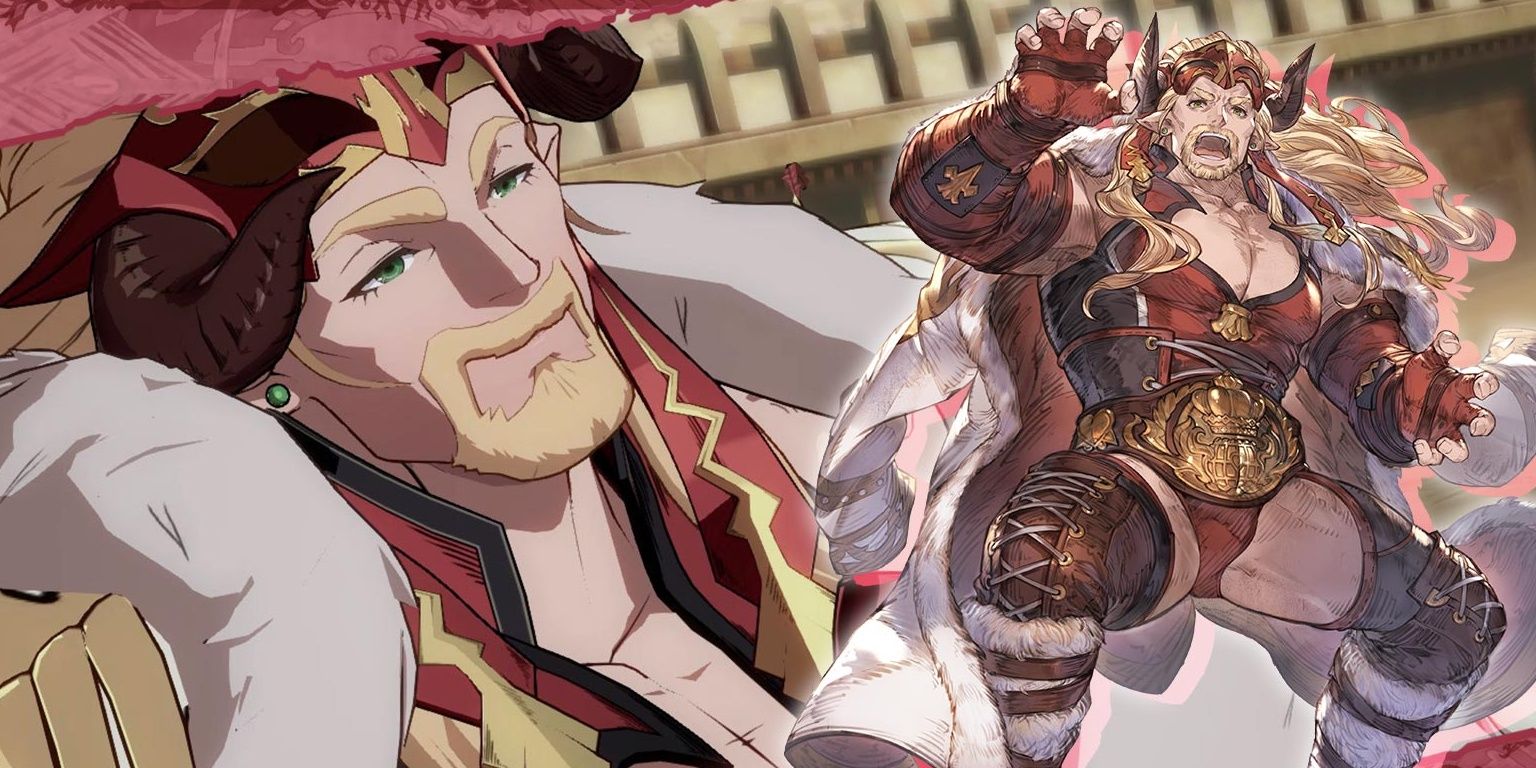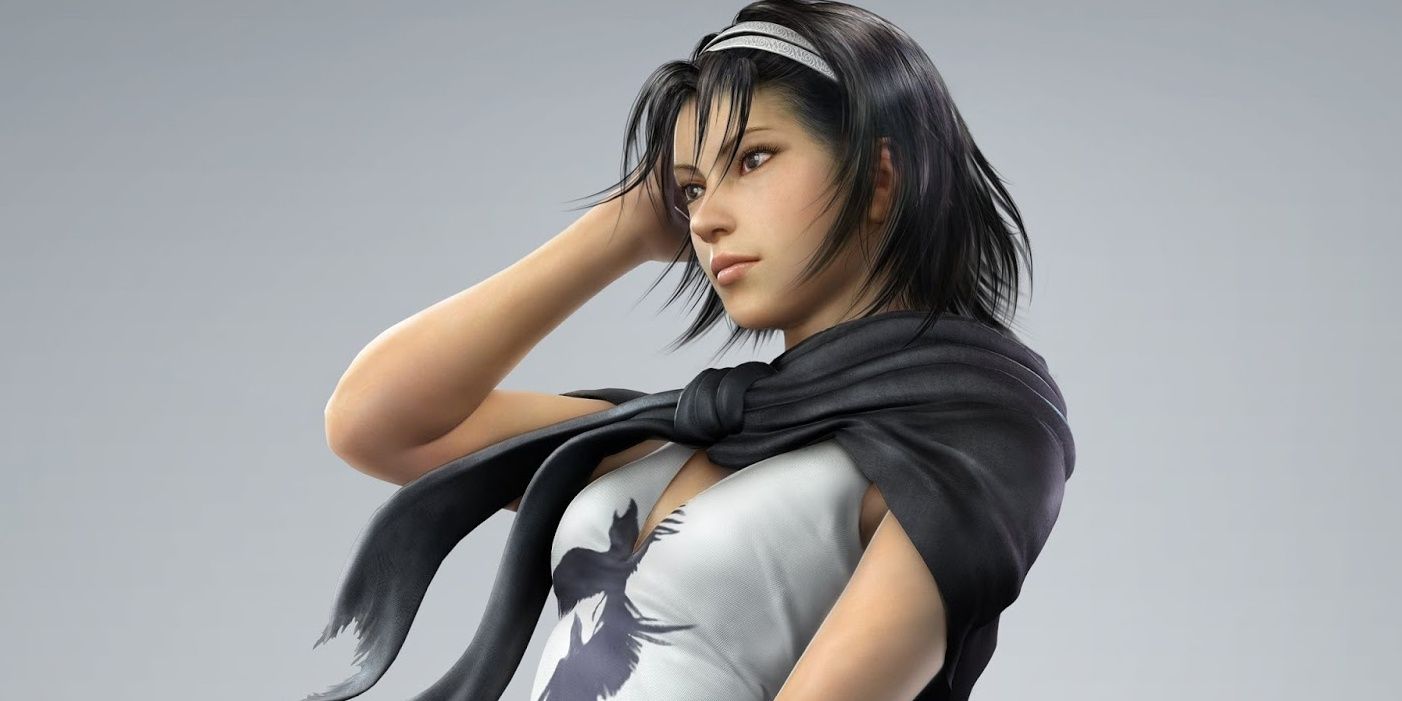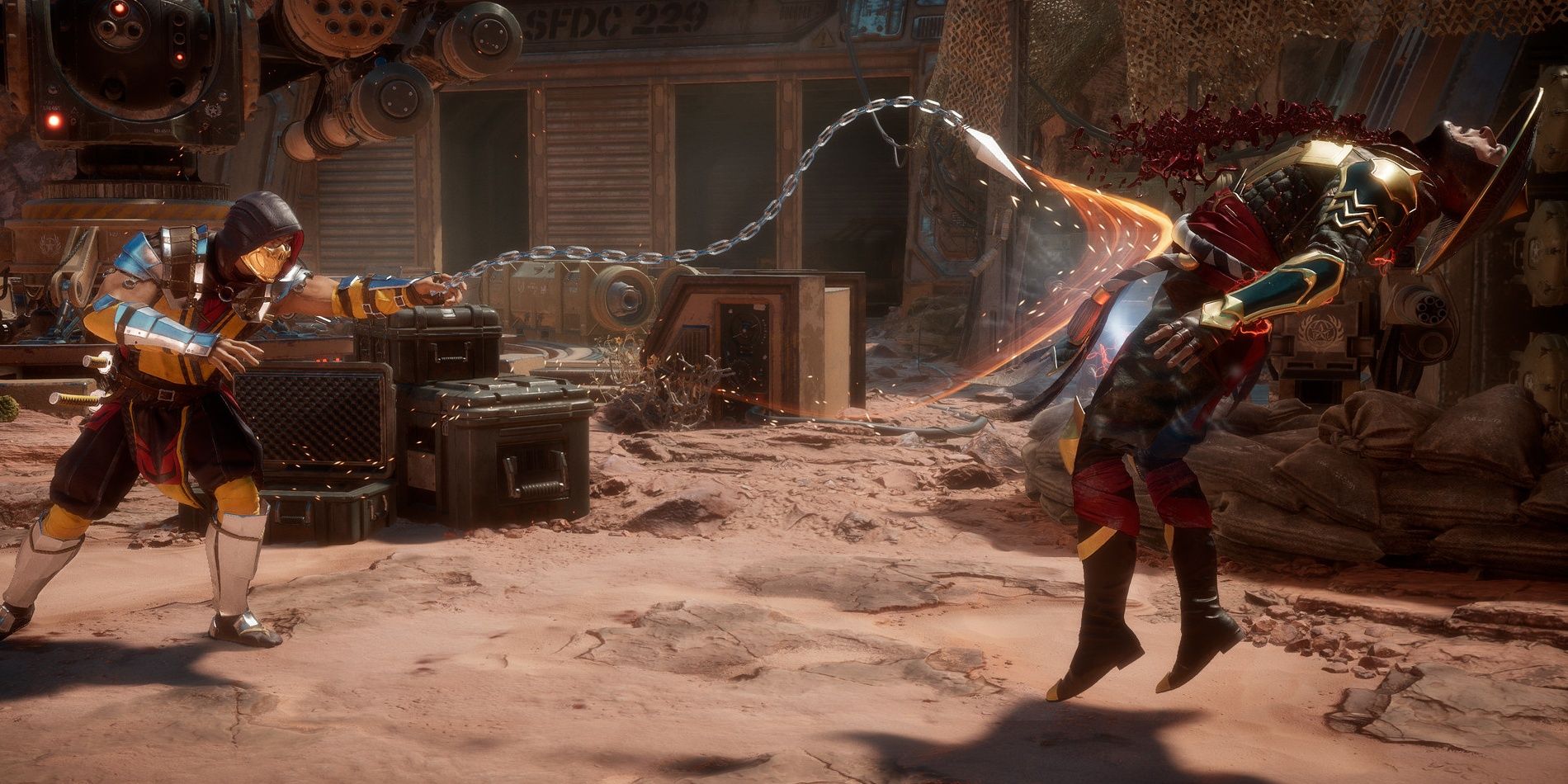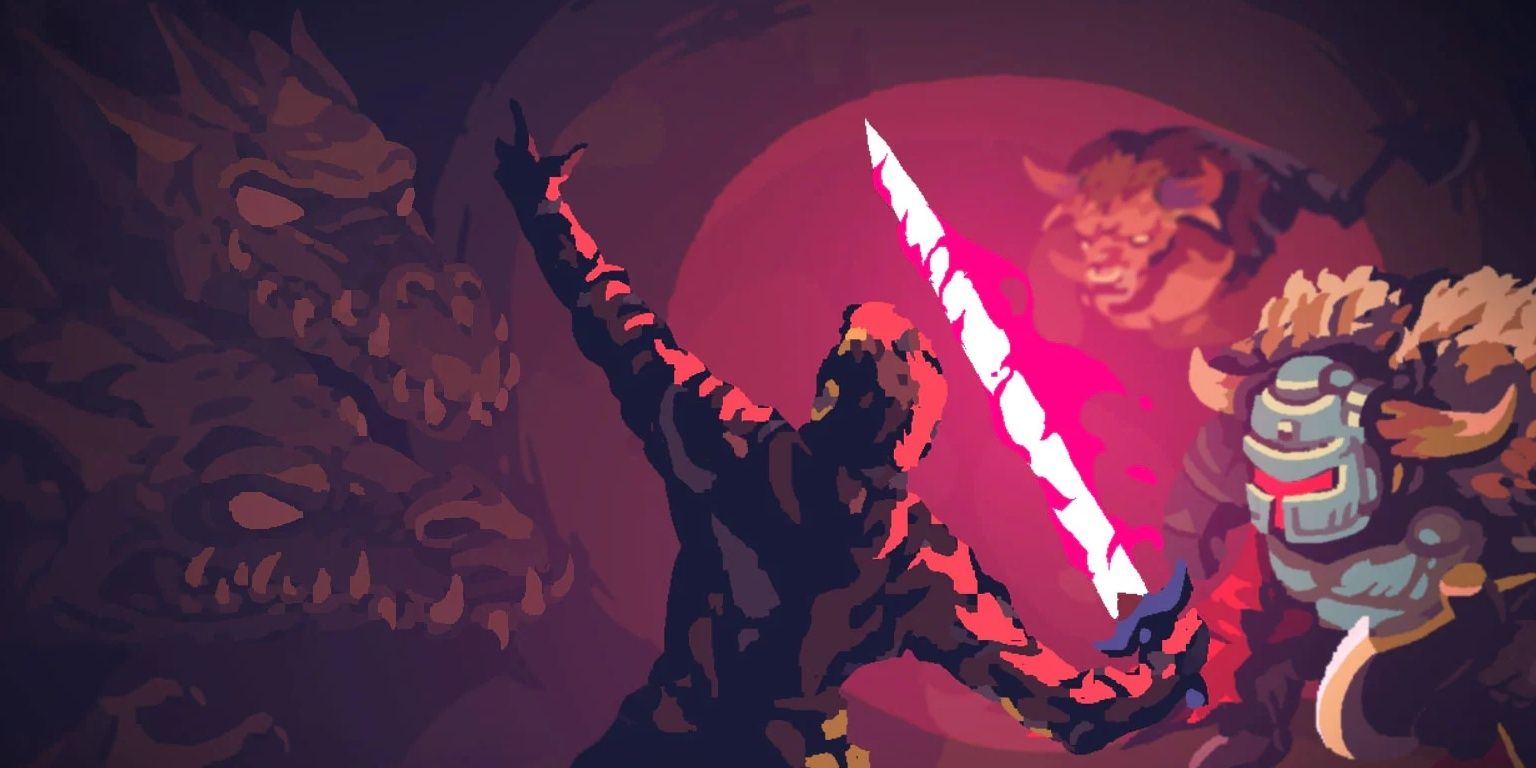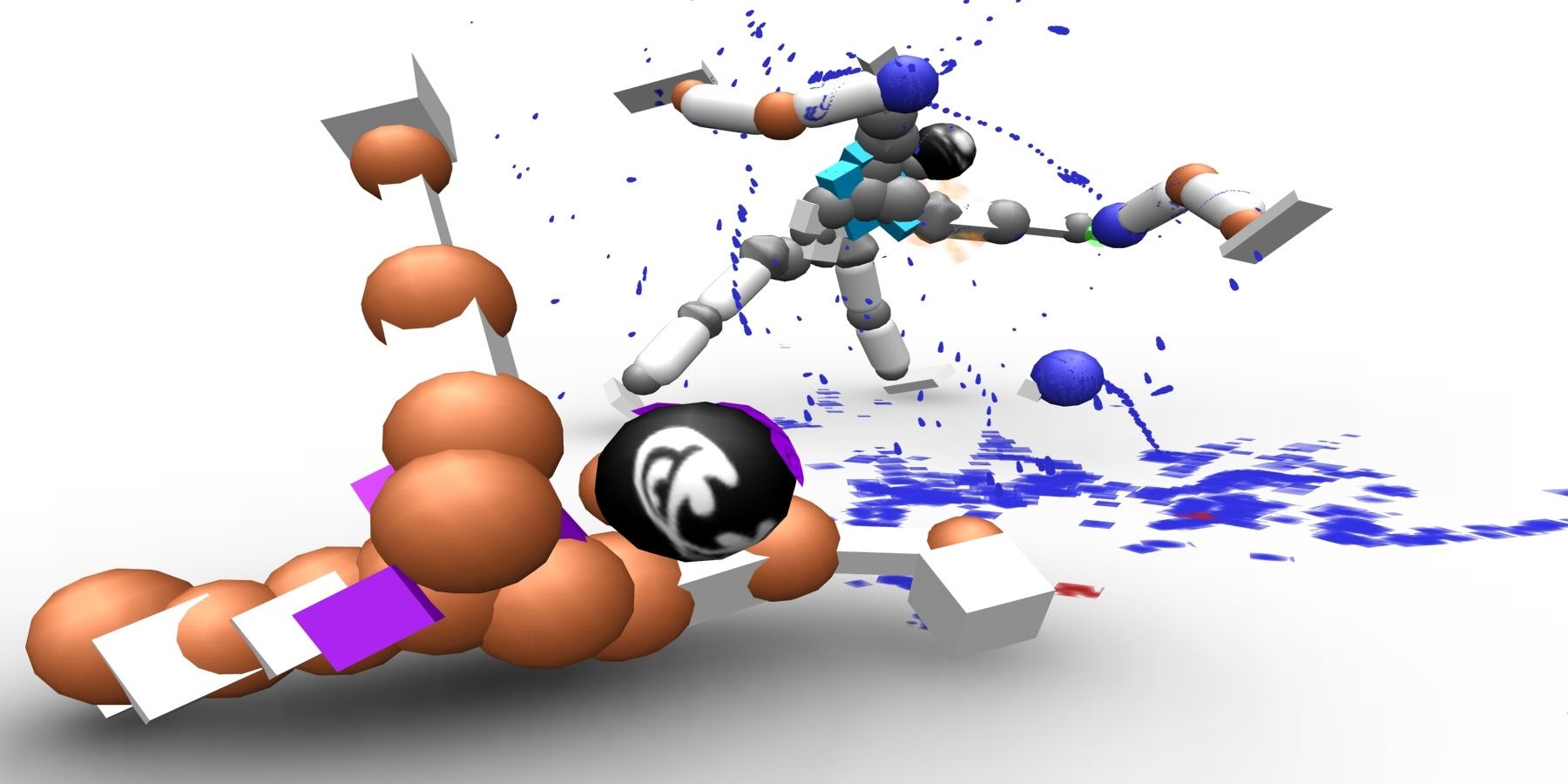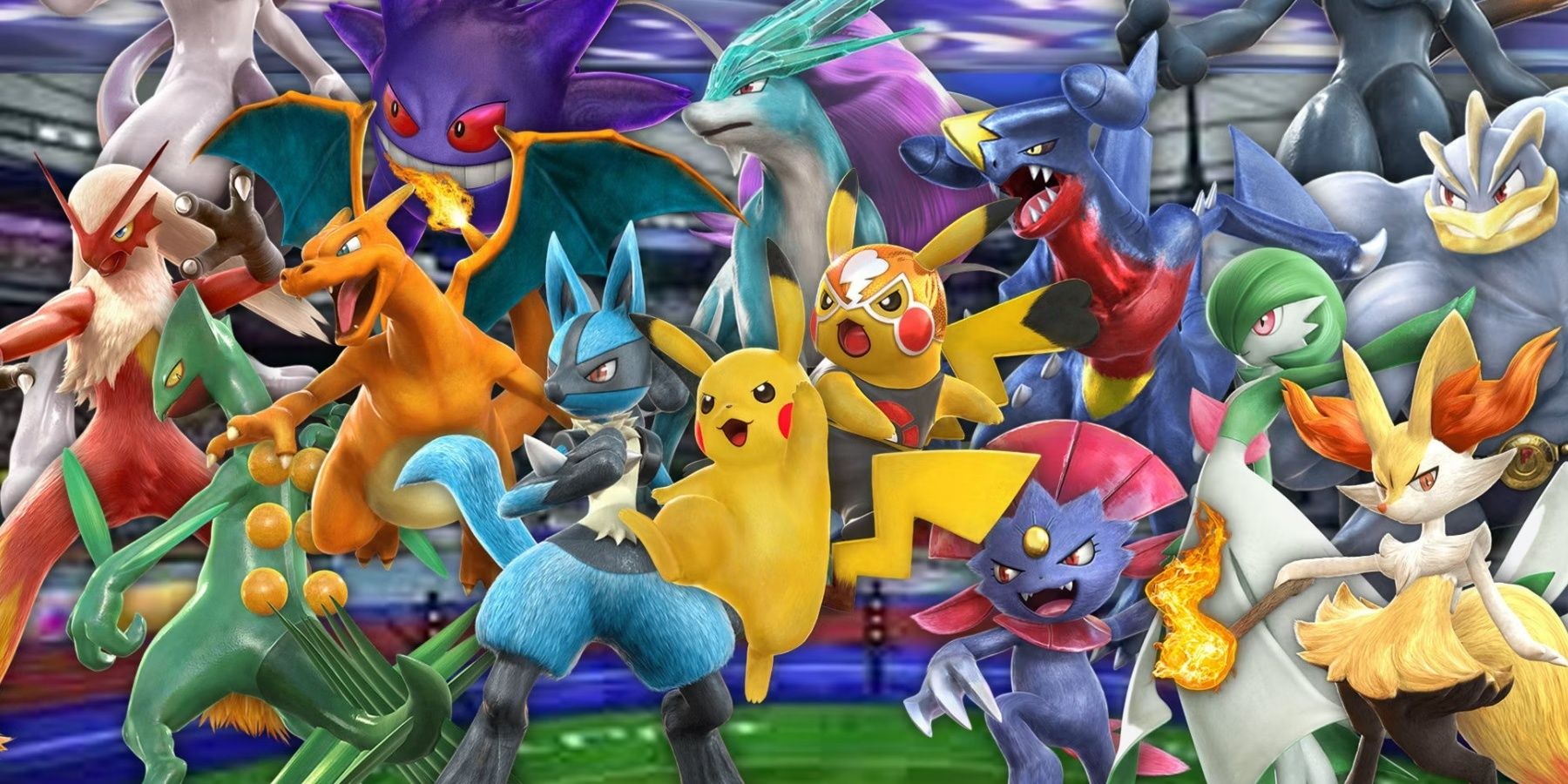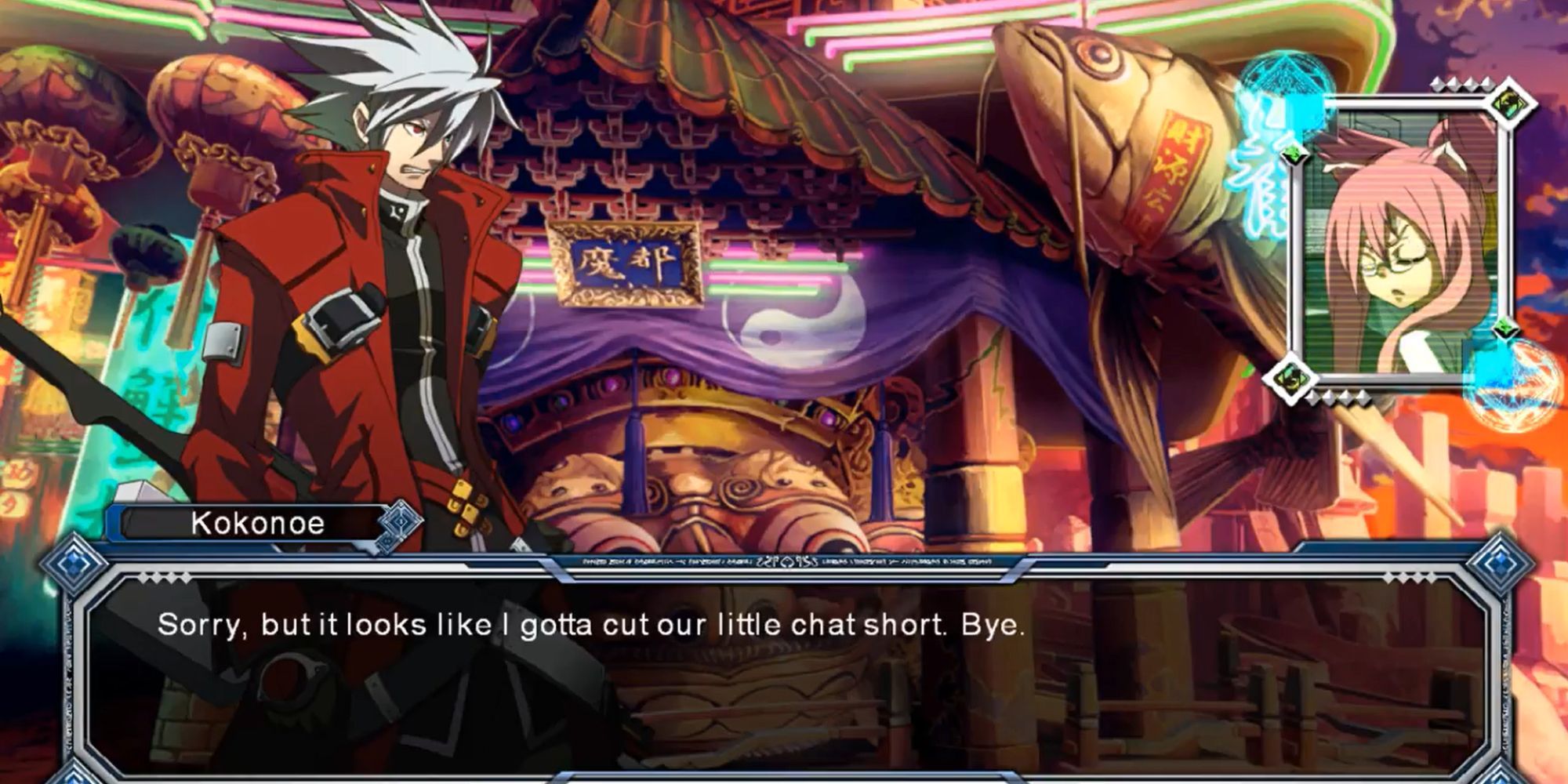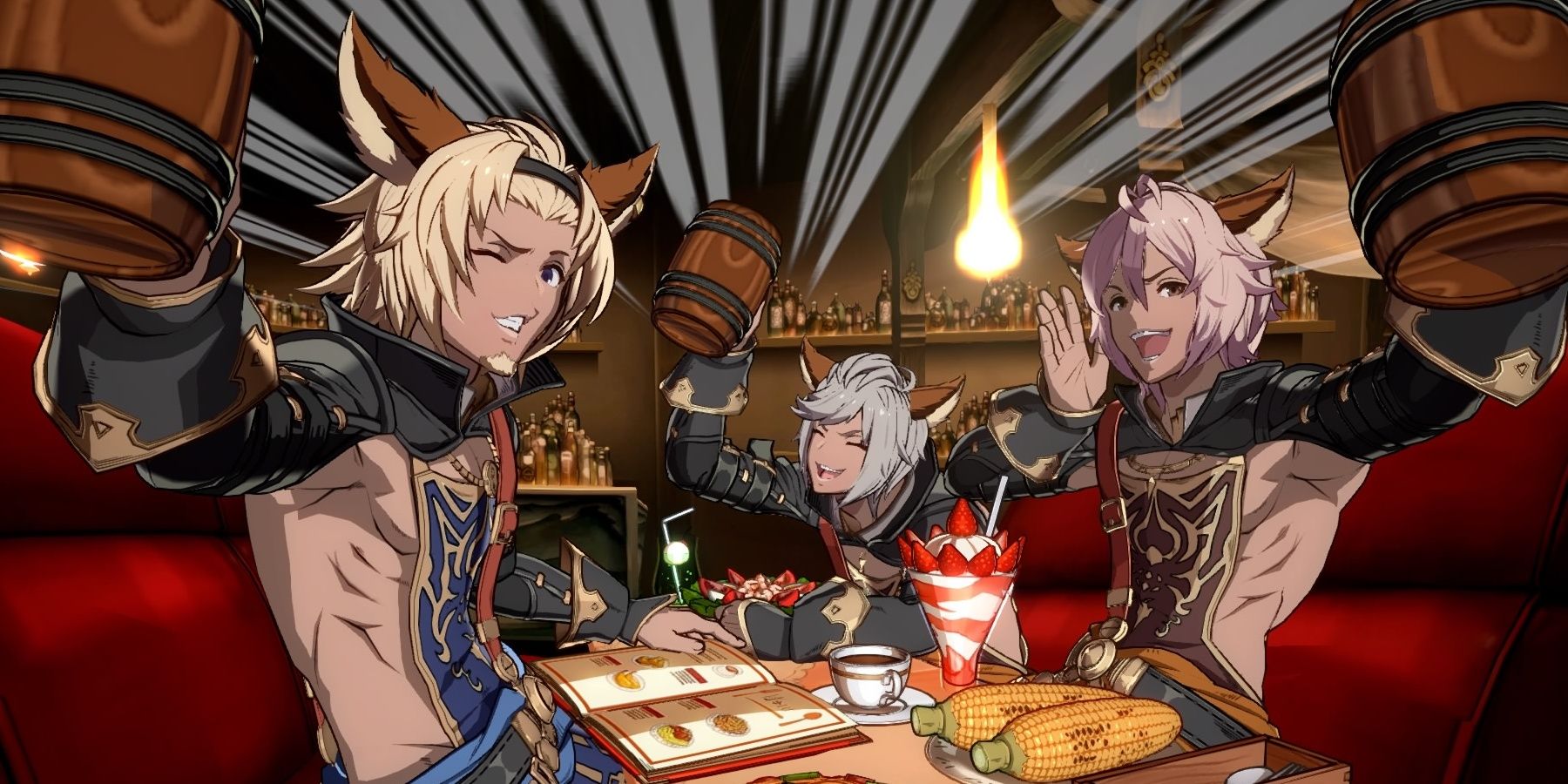From the debut of Street Fighter, fighting games have naturally adhered to a common set of traits that define the fighting genre. Gameplay consists of physical battles in one-on-one or multiplayer versus matches and players find the most success by learning how to best utilize their characters’ assigned moves and combos. Matches occur on confined backdrops called ‘stages’ and usually have boundaries that keep players from straying too far.
Fighting games have not always maintained their popularity due to the homogenous nature of the storytelling, arenas, character designs, and controls among other qualities throughout the genre. Although rare, it is possible for a game to deviate from the stereotypes and explore diverse gameplay while still identifying as part of the fighting genre.
10 Injustice: Gods Among Us
Traditionally, the stage is a defined arena in which battles take place. They are designed for players to move horizontally back and forth until they hit invisible walls that frame the battle. Injustice: Gods Among Us bends the concept of a defined stage without fully deferring into the platform fighter sub-genre.
Players can start fighting in one arena and initiate super moves that knock their opponent through a building or cause them to be hit by a train and consequently resume their battle in a different playable area of the world. While still not a completely open world map, the stage transitions in Injustice: Gods Among Us give the player the illusion that battles can move seamlessly through a free-floor universe without disrupting play or immersion.
9 Super Smash Bros. Ultimate
Stages are often merely colorful backdrops with little impact on the outcome of the fight itself. However, the Super Smash Bros. series is infamous for creating arenas that heavily contribute to gameplay and even determine who is victorious.
Super Smash Bros. Ultimate contains chaotic and interactive stages that take advantage of land, air, and sea (such as the airborne Corneria, where fights take place on top of an aircraft with firing cannons). With players experiencing unique hazards including active volcanoes, collapsing structures, and environments that flip upside down, Super Smash Bros. Ultimate redefines how stages affect gameplay in the fighting genre.
8 Granblue Fantasy
Throughout most fighting games, male characters largely appear as macho powerhouses. Meanwhile, female characters are often hyper-feminine with curvaceous bodies. Diversity of body types and gender identities is not commonplace in character designs within the fighting genre. However, Arc System Works’ fighter game Granblue Fantasy features a range of openly LGBT+ characters, some of whose identity and physical appearance do not align with the gender they were assigned at birth.
Ladiva is built like a masculine bodybuilder with facial hair, much like the other male characters in the genre and in her own race (the Draph). However, Ladiva identifies as female and even declines the opportunity to transfer her soul into a more conventionally female body because the body her parents gave her is her treasure. The game also features Cagliostro, a canonically male alchemist who due to a crippling illness transferred their soul into the body of a woman and identifies solely as female. The Granblue Fantasy series challenges the portrayal of physical gender with its character roster in an incredibly gendered genre.
7 Tekken 3
Since the release of the Tekken series in 1994, it could be argued that Tekken defines the fighting genre rather than subverts it. Despite the genre not being everyone’s first stop when searching for romantic couples in video games, love is ironically always present in the Tekken series.
Tekken 3 set an unusual precedent by having canonical romantic couples including original protagonist Kazuya Mishima and his former opponent Jun Kazama, whose love child, Jin Kazama, later becomes the protagonist of Tekken 3. Some players believe Tekken 3 is romantic even down to the mechanics of its physical duels. To Auriea Harvey (one half of the couple that founded Tale of Tales), fighting in Tekken 3 is less about violence and more about players touching in a virtual space.
6 Mortal Kombat XI
Success in fighting games originally relied on a player’s ability to apply their characters' moves and combos. There was little room for advancement beyond simply mastering the traits that were already present. As early as 1992, Mortal Kombat introduced the first secret unlockable playable character in the history of the fighter genre, Reptile. Since then the series developed a reward system in 2019 with Mortal Kombat XI.
Regardless of the system being flagged for incentivizing impatient players to spend in-game currency during gameplay, Mortal Kombat XI stands out in the genre. Success no longer depends upon character ability alone, as Mortal Kombat XI includes chances for rewards and advancement that render the more dedicated player superior to their opponent.
5 Crawl
Fighter games generally center around versus battles, primarily one-on-one brawls. In story mode, the player is the protagonist, while in multiplayer mode, there is no ‘hero’ to root for. Crawl is a 2014 indie game developed by Powerhoof that reversed the format of battles in fighter games.
Crawl is a multiplayer fighting game in which one player is the ‘hero’ and the remaining three friends play as ‘monsters’ trying to kill the hero in order to be regenerated as the hero in the next round. In this game, victory is unconventional and dependent on which friend is succeeding from round to round.
4 Toribash
Early fighter games utilized limited controls that naturally created very structured battles with a temptation to button mash. Ordinarily, fighter games allowed for a set number of kick and punch functions and the ability to trigger several combos with predetermined animations.
Toribash is a sandbox fighter game with minimal map design and plot, that prioritizes fighting individuality. Toribash is completely unique as it allows players to control over 10 individual joints of their fighter and affect their balance, momentum, and movement. With hundreds of possible moves designed by the players themselves, it is nearly impossible for players to become tired of stale animated sequences or button-mashing in Toribash. The challenge of mastering these tricky controls puts enjoyable, chaotic battles truly in the hands of the player.
3 Pokemon
Typically in the fighting genre, players are exposed to a fixed roster of playable characters, with some becoming unlockable at a later stage of gameplay. The uniqueness of the Pokemon series stemmed from the player’s ability to source their own playable fighters.
From 1998 to the present day, players have reveled in the satisfaction of finding, training, and evolving Pokemon and using them to defeat others in combat. It is often debated whether Pokemon can be classed as a fighting game, but the series has created games specifically for the genre, such as the 2015 Pokken Tournament.
2 BlazBlue: Continuum Shift
Fighting games struggle against the limitations of the genre when it comes to telling a great story. Most fighter games lack plot permanence because characters dying and no longer being playable isn’t practical for an ongoing series with a big roster of playable characters, particularly if popular characters need to reappear in sequel games.
However, the BlazBlue series tackles this problem in BlazBlue: Continuum Shift by creating multiple realities with endings that are both “true” and “not true” at the same time. This makes it possible to create a complicated, dramatic story where characters like Ragna or Lamda-11 are able to die in one game and still be featured in the sequel.
1 GranBlue Fantasy: Versus
When a player loses in story mode, you often repeat the battle again until you win, as winning is necessary for the game to progress. However, in GranBlue Fantasy: Versus, Lowain is a playable character who never canonically wins.
Any victory during gameplay is actually an alcohol-fueled hallucination from Lowain, a comic relief character who is not actually capable of winning a fight against his far superior opponents. This challenges the concept of most fighting games in which a low-tier character is able to defeat deadly challengers against all odds. In GranBlue Fantasy: Versus, the player is able to experience unbelievable victories that are just that; ridiculous fantasies that didn’t actually happen.

